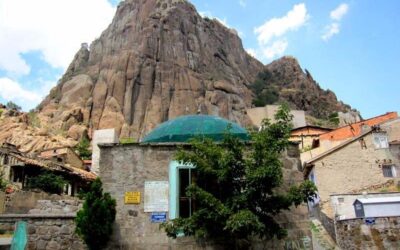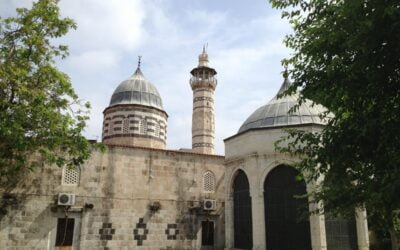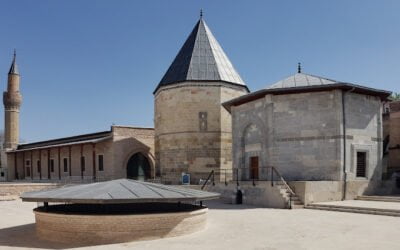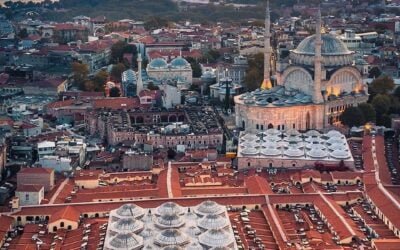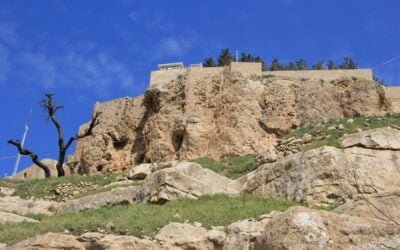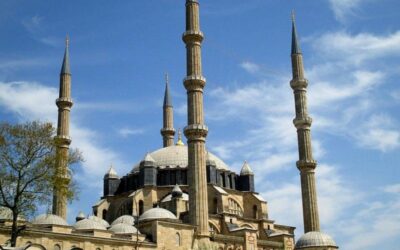Afyonkarahisar Castle
- Afyonkarahisar Castle, locally known as Afyonkarahisar Kalesi, is located in the city and province of Afyonkarahisar, Turkey. The castle sits atop a 220-meter-high volcanic rock, first fortified around 1350 BC by the Hittites, possibly under King Mursili II, to protect the town then called “Hapanuwa.” Over time, it was occupied by the Phrygians, Lydians, and the Persian Achaemenid Empire.
- In 333 BC, Alexander the Great conquered the town, which was renamed Akroinon (or Akronium) by the Macedonians. This name was used by subsequent rulers, including the Seleucids, the kings of Pergamon, and the Roman Empire. After the Byzantine emperor Leo III’s victory over the Umayyad Arabs in the Battle of Akroinon in 740 AD, the town was renamed Nicopolis, meaning “city of victory” in Greek.
- The area was conquered by the Seljuks in 1071, who named the castle “Kara Hisar,” meaning “Black Fortress” in Turkish. It saw significant conflict during the Crusades and was eventually taken by the Ottomans in 1392. Although Timur Lenk briefly captured it in 1402, the Ottomans regained control by 1428/1429. Under Ottoman rule, the town became known as Afyon, meaning “opium,” due to the area’s large-scale opium production. The name was officially changed to Afyonkarahisar in 2004.
- Throughout its history, the castle was modified and rebuilt by various rulers. Today, it mainly reflects Byzantine and Ottoman influences, along with modern repairs. The castle has an irregular layout, with walls that follow the contours of the rock. Inside, there are cisterns, rock-cut stairs, and graves. Ongoing archaeological excavations have revealed building foundations in the western section. The castle is accessible via a steep staircase on the southern side of the rock.

